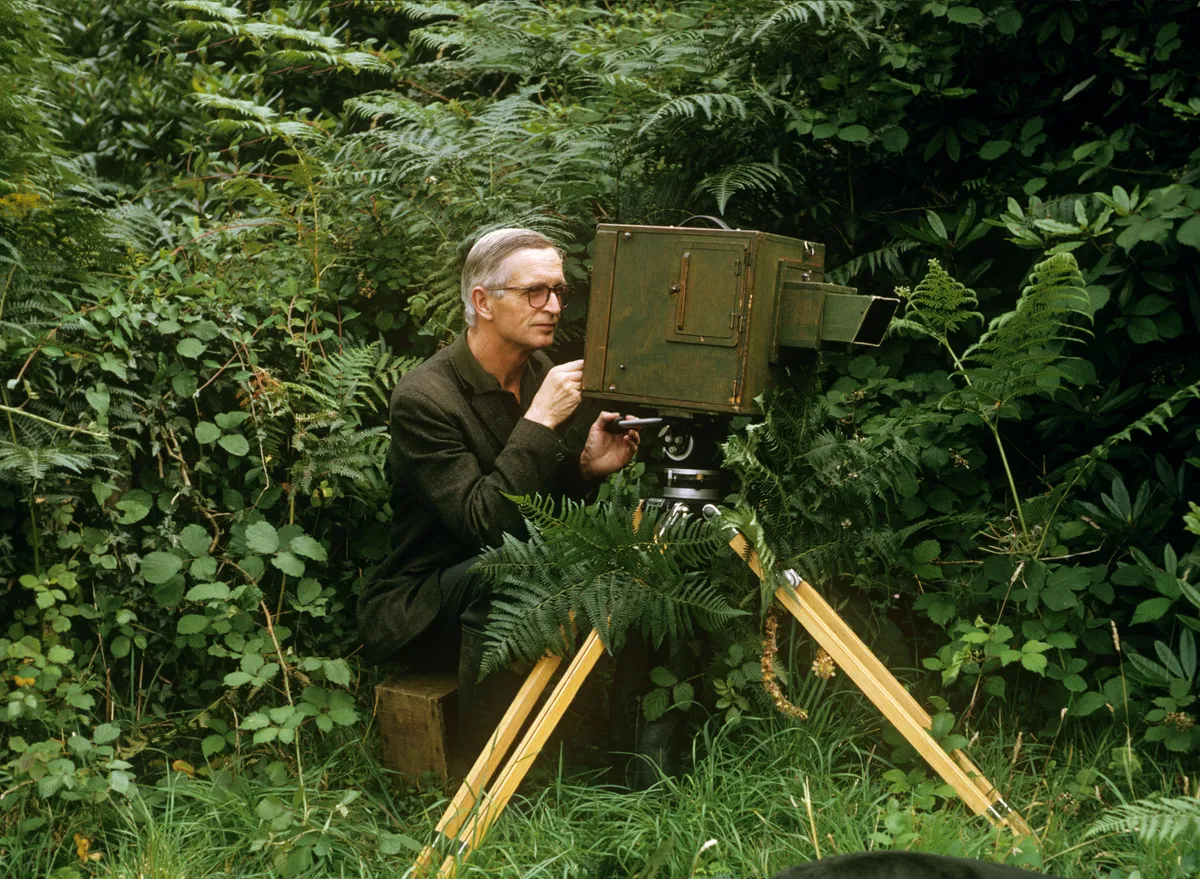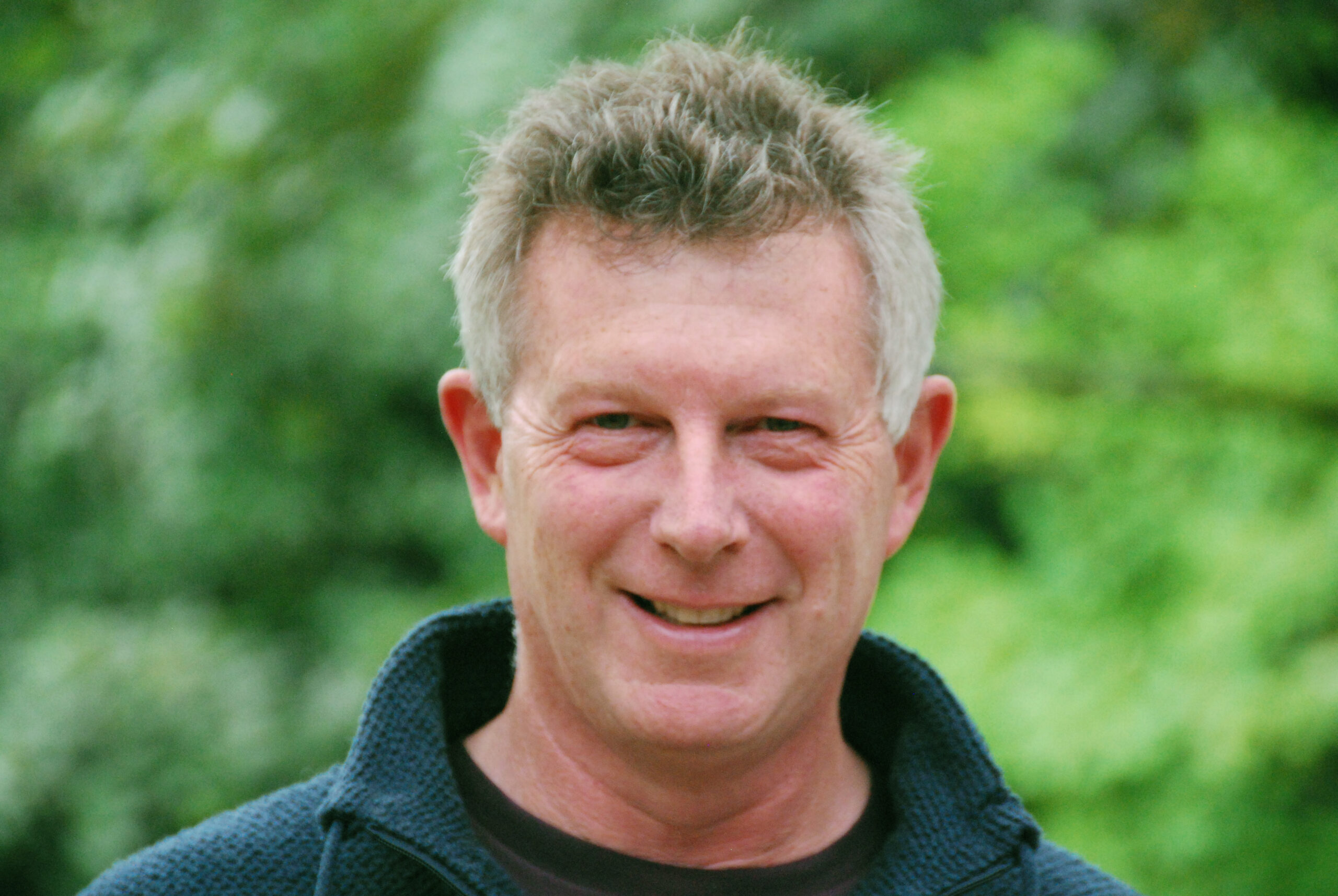Eric Ashby’s fascination with nature began at an early age. His first article, ‘Bird photography: an ideal hobby for boys’, was published in the Boy’s Own Paper when he was just 16 and illustrated with photographs that he’d taken.
His interest in photography had been sparked four years earlier, in 1930, when the wildlife photographer Cherry Kearton came to Southsea, Ashby’s home town, to present a show of his work. The 12-year-old Ashby saw the show and immediately started saving his pocket money to buy a 16mm cine camera for filming wildlife in the nearby New Forest. But the need to earn a living and the Second World War, during which he worked on his brother’s farm in Devon, meant that it would be years before Ashby’s films would reach the public.
In 1953, he and his wife Eileen moved to the aptly named Badger Cottage, in the heart of the New Forest. It was here that Ashby perfected the techniques that would make him famous and delight audiences through the new medium of television. These techniques included soundproofing his noisy camera so that it wouldn’t frighten the animals. But perhaps more important were the many hours Ashby spent watching and learning about his subjects. It was this combination of patience and technical knowledge that allowed him to film badgers at their sett during daylight – the first time this behaviour had ever been captured on camera.
In 1961, at the age of 43, Ashby finally got his big break, when the BBC showed his 45-minute film The Unknown Forest. Narrated by Johnny Morris, the film had taken four years
to make and received a very positive response from viewers. The nature writer Richard Mabey was hugely impressed and remarked that the film “changed the standards for home-grown wildlife documentaries”.

The man behind the camera
It was broadcaster and conservationist Peter Scott who gave Ashby the nickname ‘the silent watcher’. The nickname not only stuck, it became the title of his second film, in which keen-eyed viewers could spot the shy naturalist occasionally appearing in the background.
In 1963, Ashby made the first British wildlife film in colour, although it took another four years before The Major appeared in its full glory, as the BBC did not broadcast in colour until 1967. Unusually for wildlife films at the time, the subject was not an animal but an ancient, majestic oak tree.
Throughout his career, Ashby was ably supported by his wife Eileen, who was a fine naturalist and wildlife sound recordist in her own right. The two had met on location, when they found themselves on either side of a tree, he filming and she recording sound. The couple also became involved in protecting the New Forest’s wildlife, notably badgers, against the local hunts that would destroy setts and kill the occupants. The pair would also look after injured animals, especially fox cubs, which became the subject of Ashby’s book My Life with Foxes, published in 2000.
He was awarded the Royal Geographical Society’s Cherry Kearton Medal and Award in 1975 and in 1992 received an MBE. In later years, Ashby’s gentle style of film-making went out of fashion and he faded from public view. He died, aged 85, on 6 February 2003 but his legacy lives on in the high-quality films on British wildlife made by amateur naturalists, such as those seen on Springwatch.
